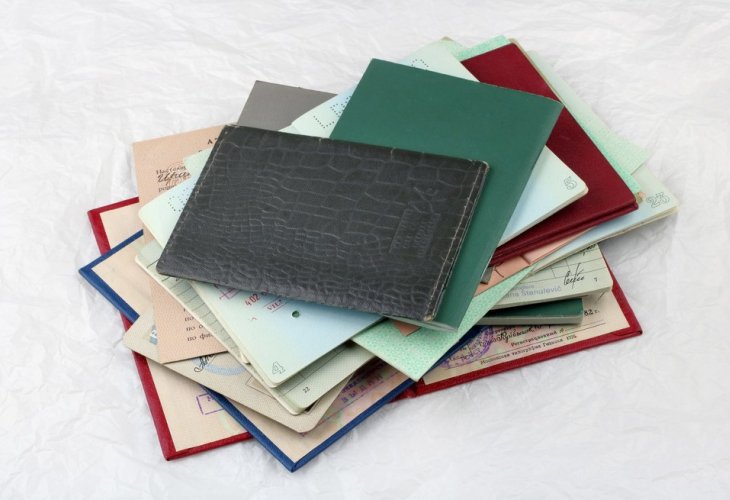Exciting Discovery in the Archives: 45,000 Pre-Holocaust Jewish Passports Uncovered
45,000 Jewish passports from Latvia revealed by Yad Vashem team. These documents hold historic significance.
- נעמה גרין
- פורסם כ"ז ניסן התשע"ז
 (Illustration Photo: Shutterstock)
(Illustration Photo: Shutterstock) #VALUE!
A team from Yad Vashem recently discovered in a Latvian archive 45,000 Jewish passports from the period before World War II. These documents of historical importance shed light on the identity of about half of Latvia's Jewish population.
Tens of thousands of passports were photographed, scanned, and uploaded to the Yad Vashem website, funded by the Genesis Fund and the Claims Conference. Alongside the passports, additional archival collections were found, including records of wartime food distribution and thousands of "House Committee" books containing information on where Jews lived before and during the war.
Currently, the Holocaust victims' name database includes about 4.7 million names. Through the uncovered passports, it is possible to reconstruct the identity and faces of thousands of Jews who lived in Latvia before the Holocaust, whose names were not previously known.
Following the Ribbentrop-Molotov Pact, the situation of Latvia's Jews worsened, and 5,000 community leaders were exiled to Siberia. In 1939, Latvia had approximately 94,000 Jews, and by the end of 1941, only about 85,000 remained, mainly due to deportations to the Soviet Union and Jewish migration. With the invasion, another 15,000 Jews managed to escape, leaving about 70,000 Jews during the occupation.
Between July and October 1941, the Germans murdered approximately 34,000 Latvian Jews, mainly in mass shootings. In the second phase, the Germans killed most of the ghetto residents in the Riga Ghetto, Daugavpils Ghetto, and during the Liepaja massacre. On November 30 and December 8, 1941, around 25,000 Jews were murdered in the Rumbula forest massacre near Riga.
By 1943, only about 5,000 Jews remained in Latvia, in three ghettos and several labor camps. As the Soviet army advanced, the remaining Latvian Jews were transported by trains and then on foot towards Germany, and most were killed along the way. About 1,000 Latvian Jews survived the camps in Germany. Additionally, about 150 Jews were saved with the help of Latvian Christians, and several dozen joined the partisans.

